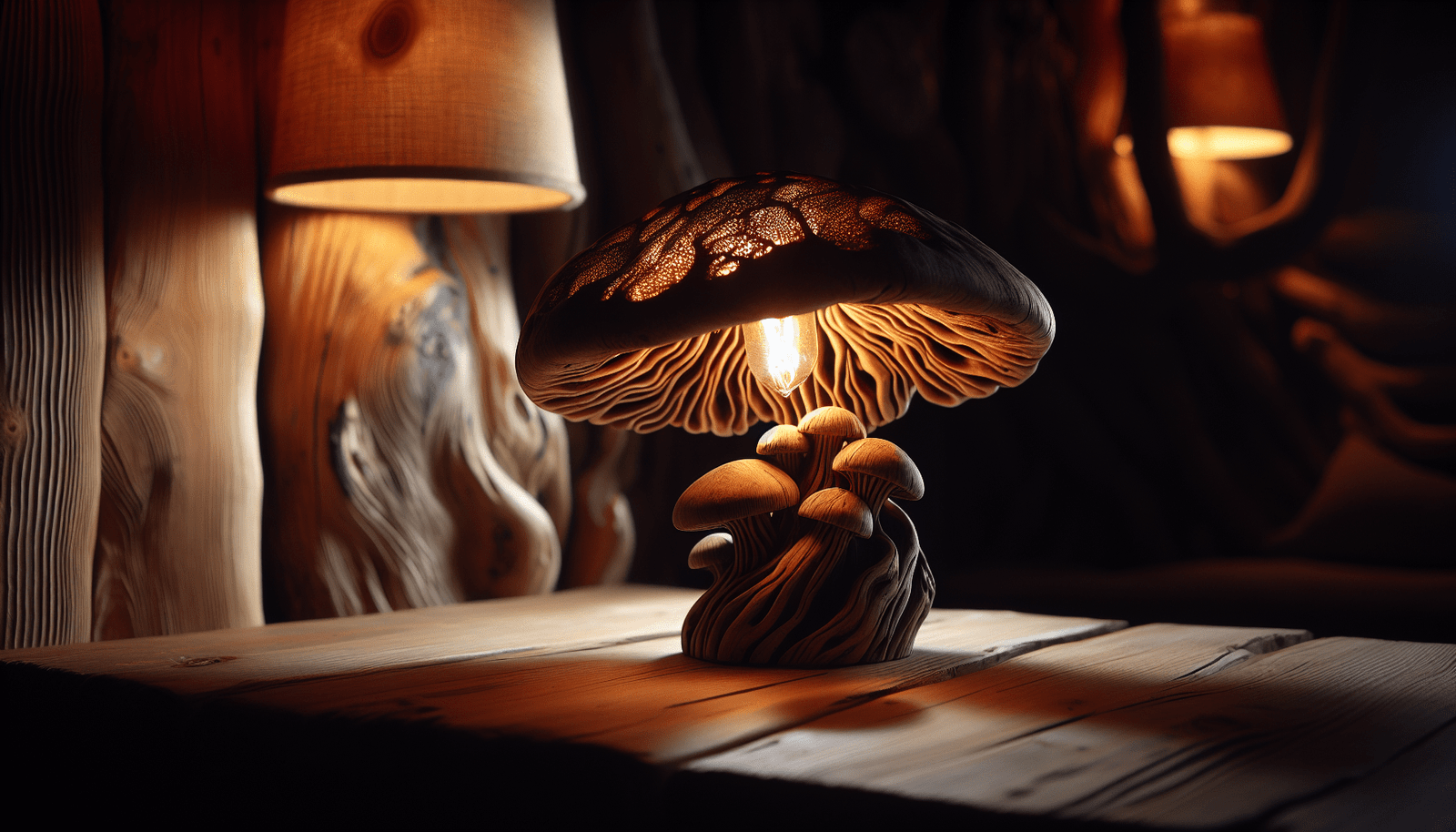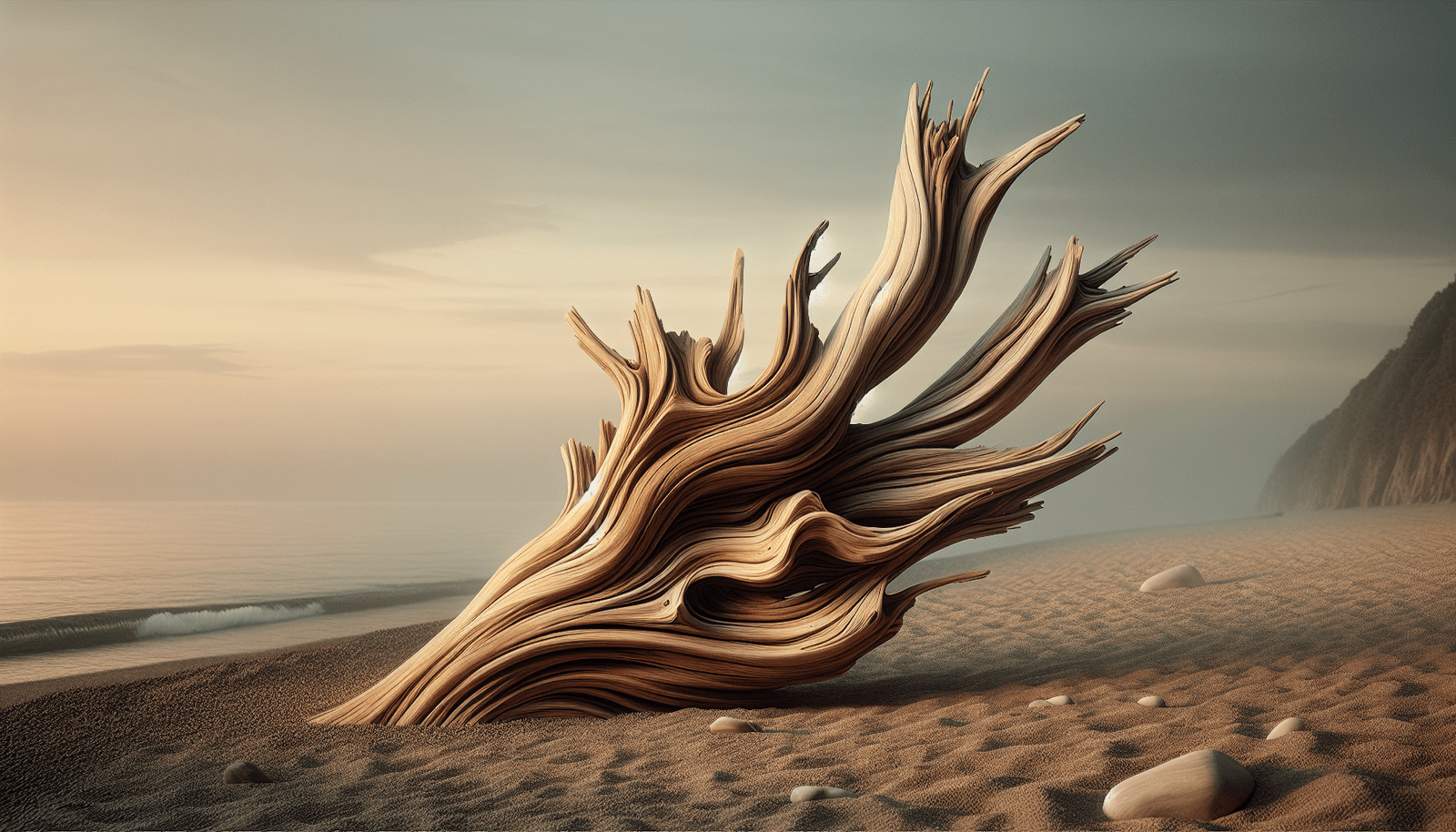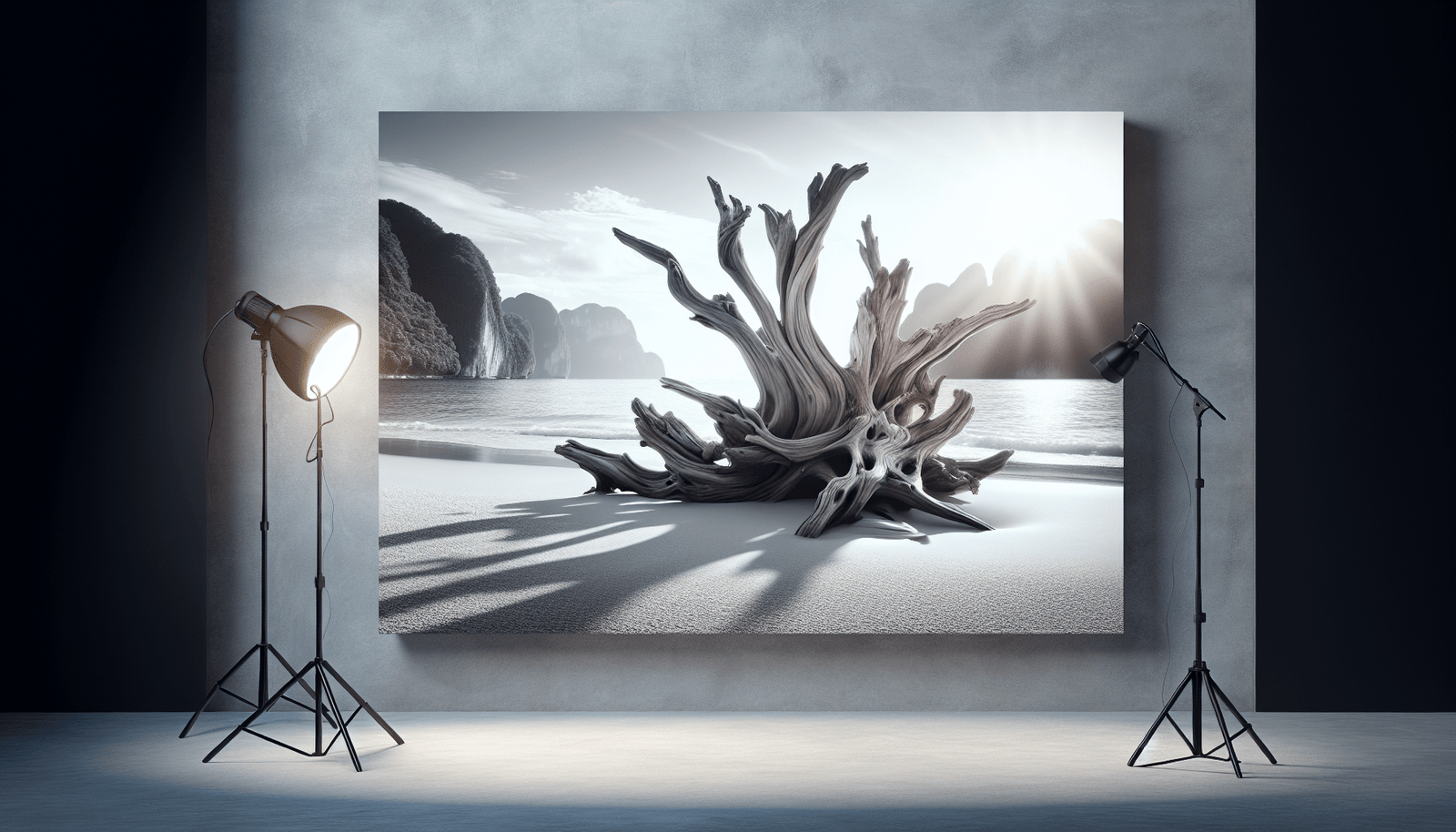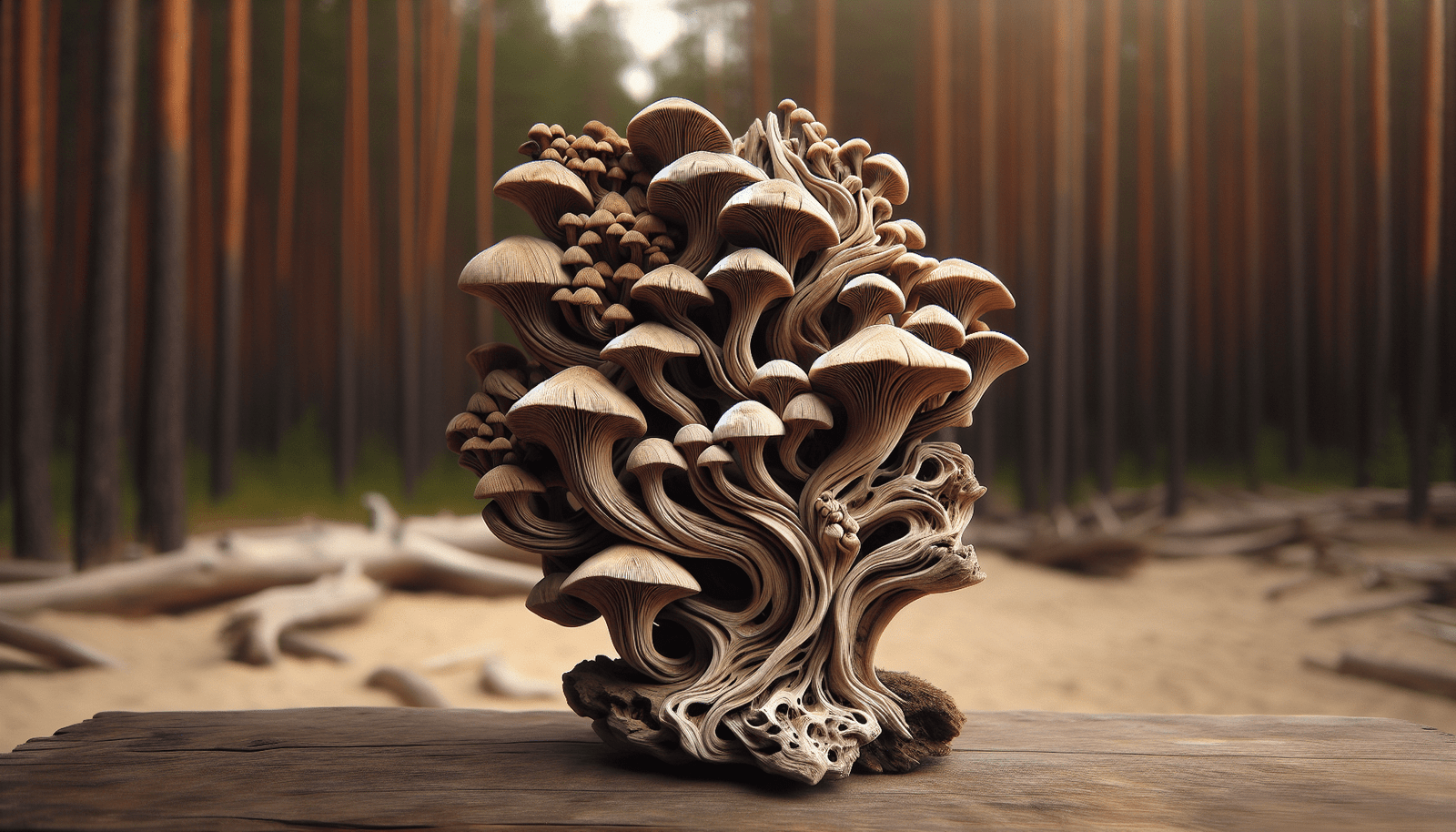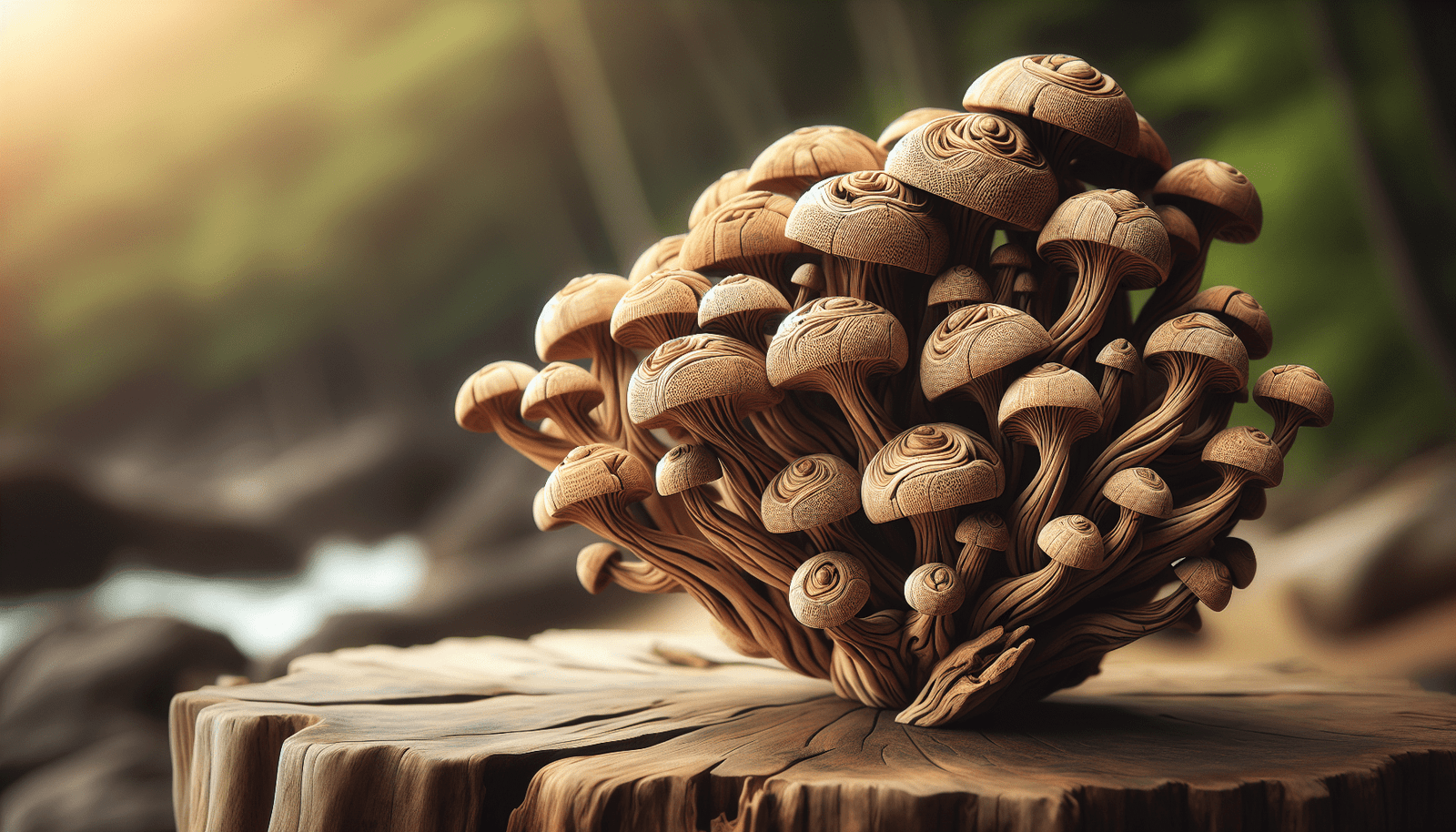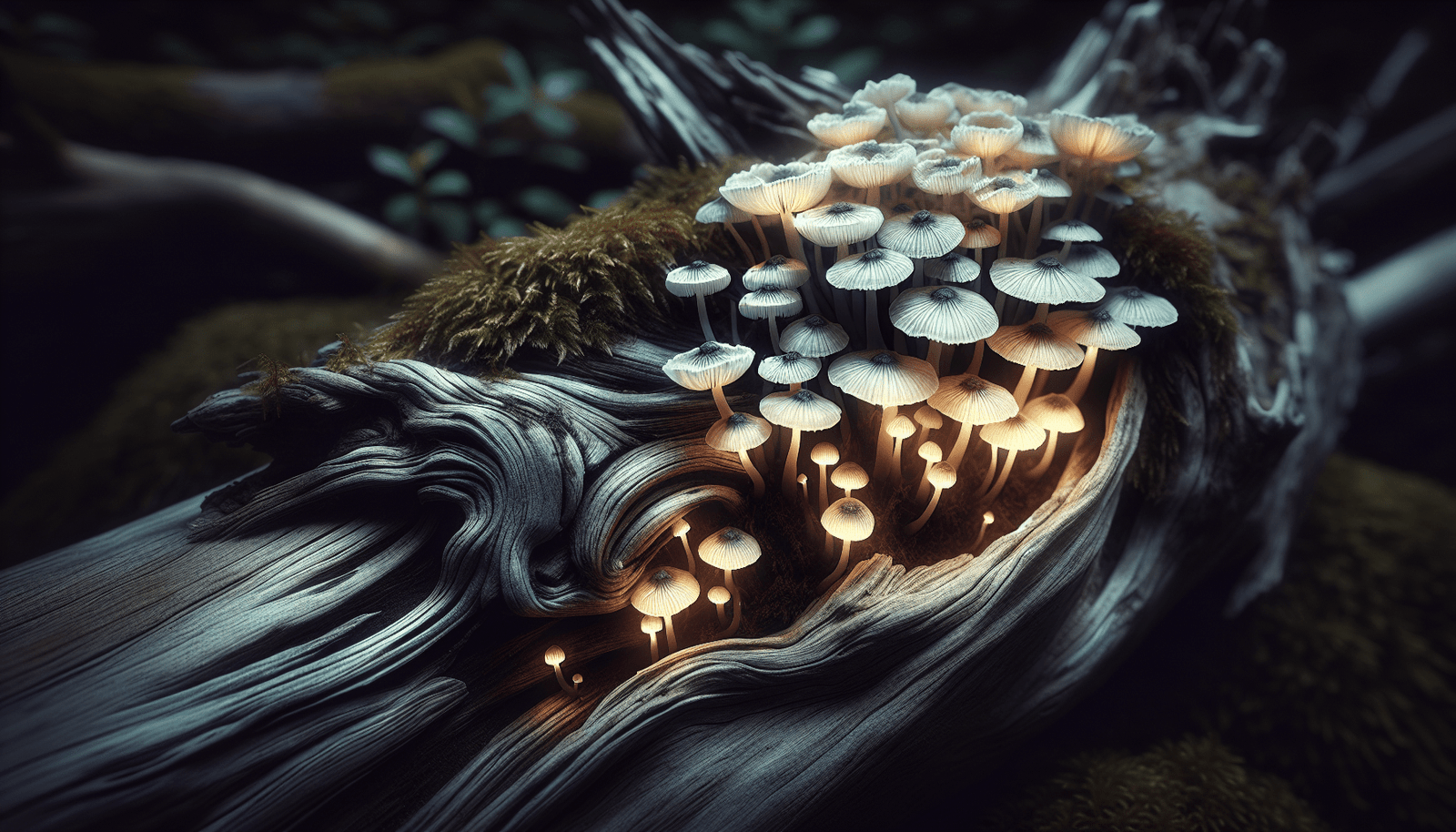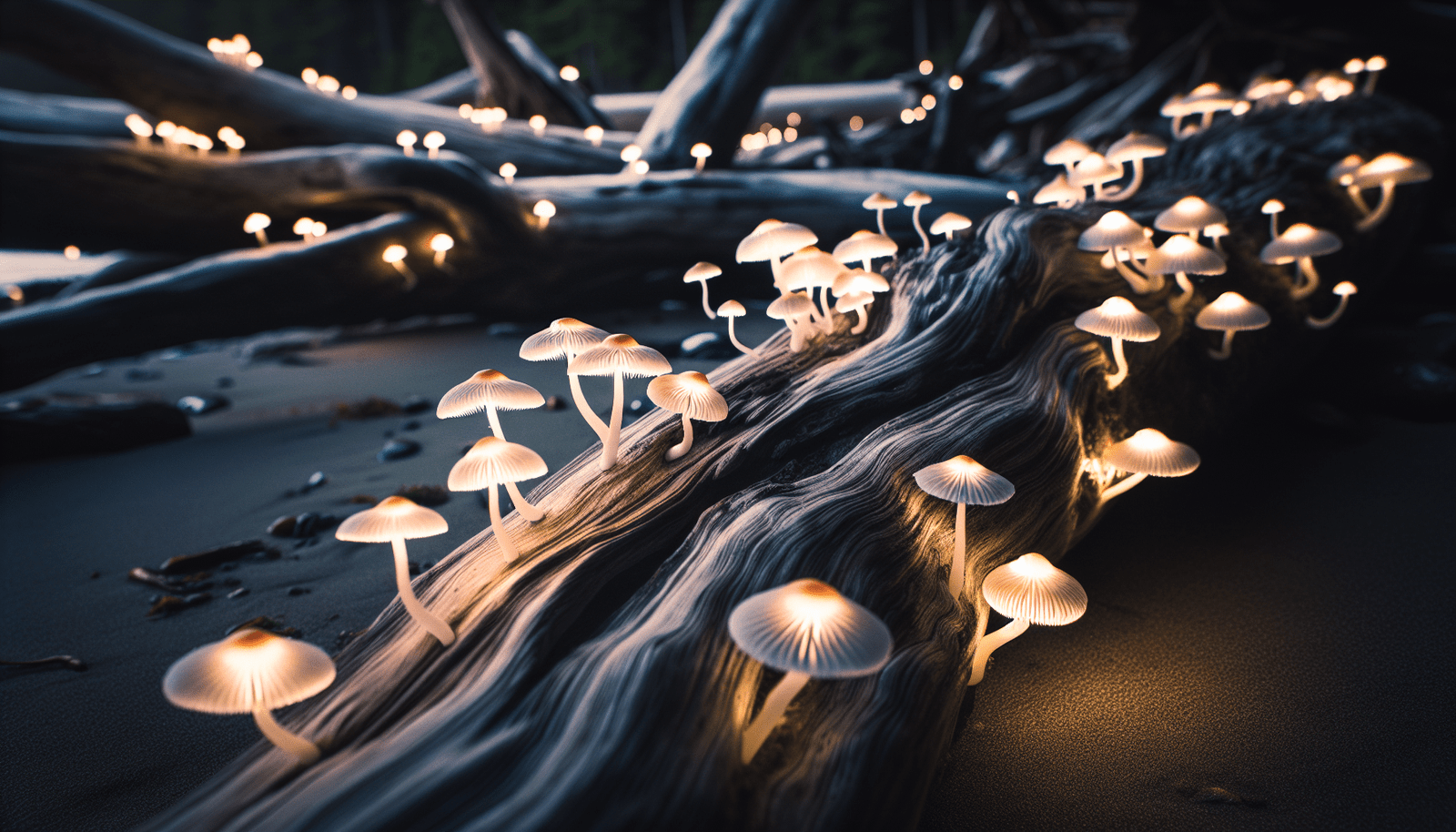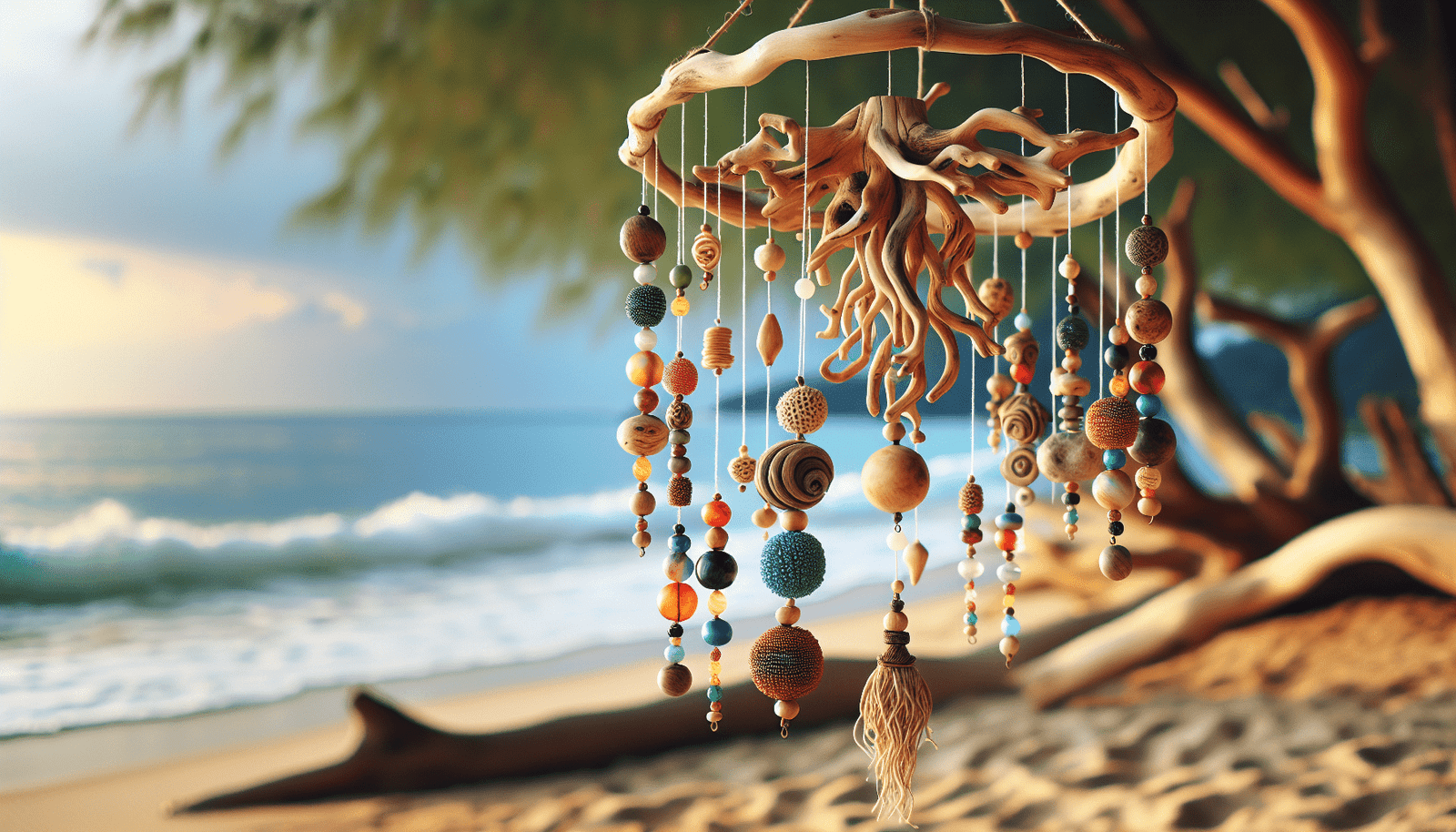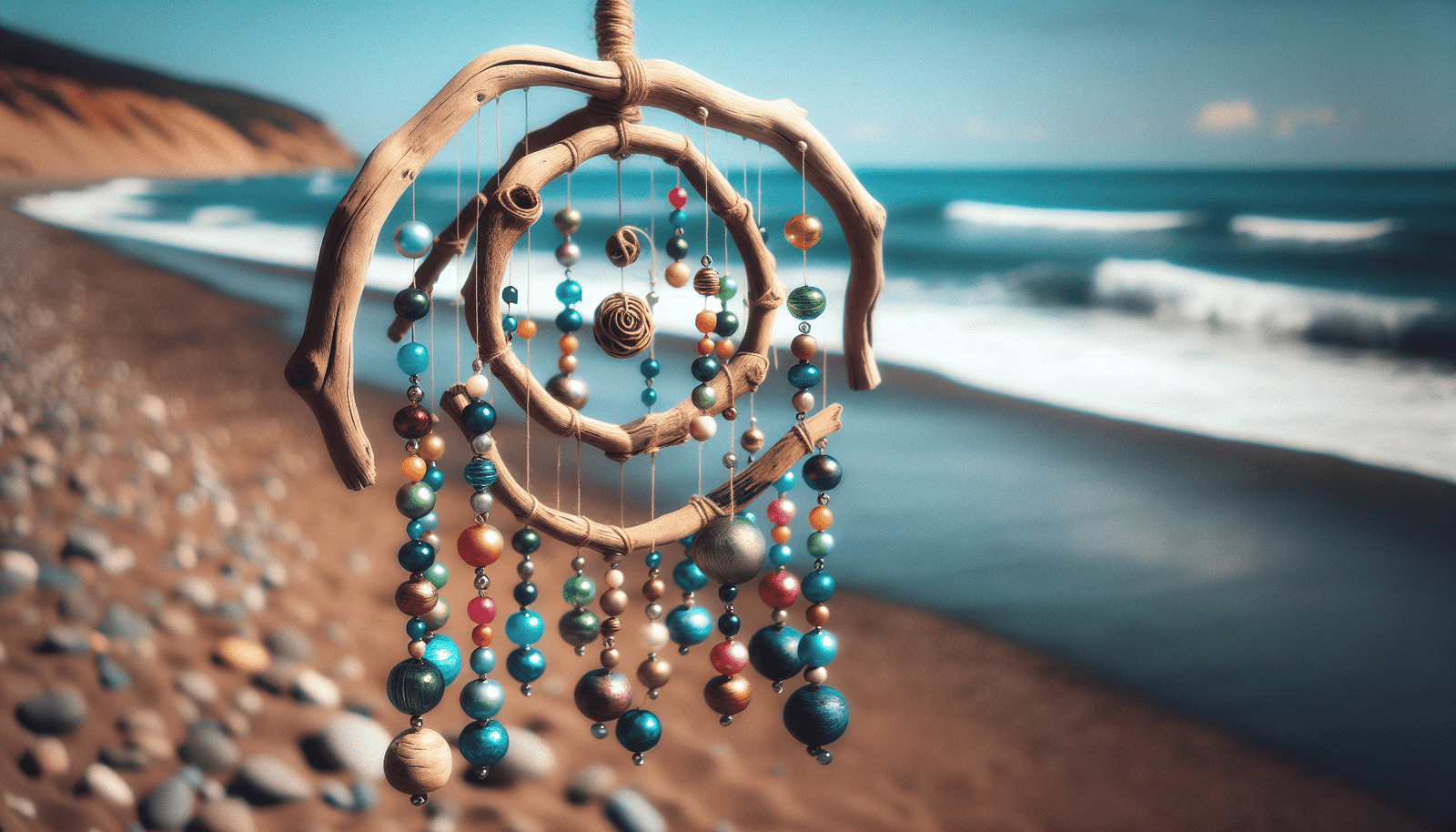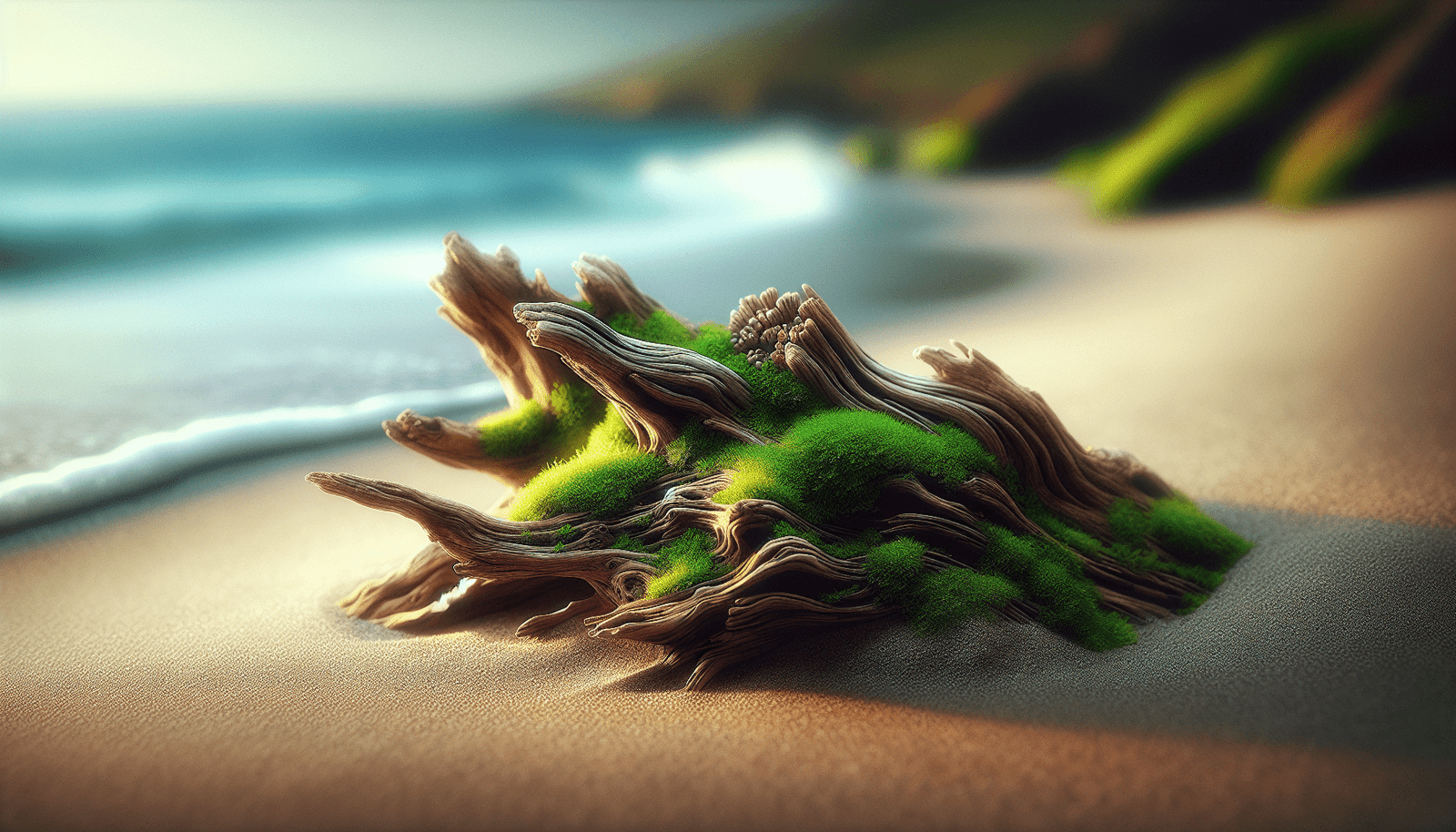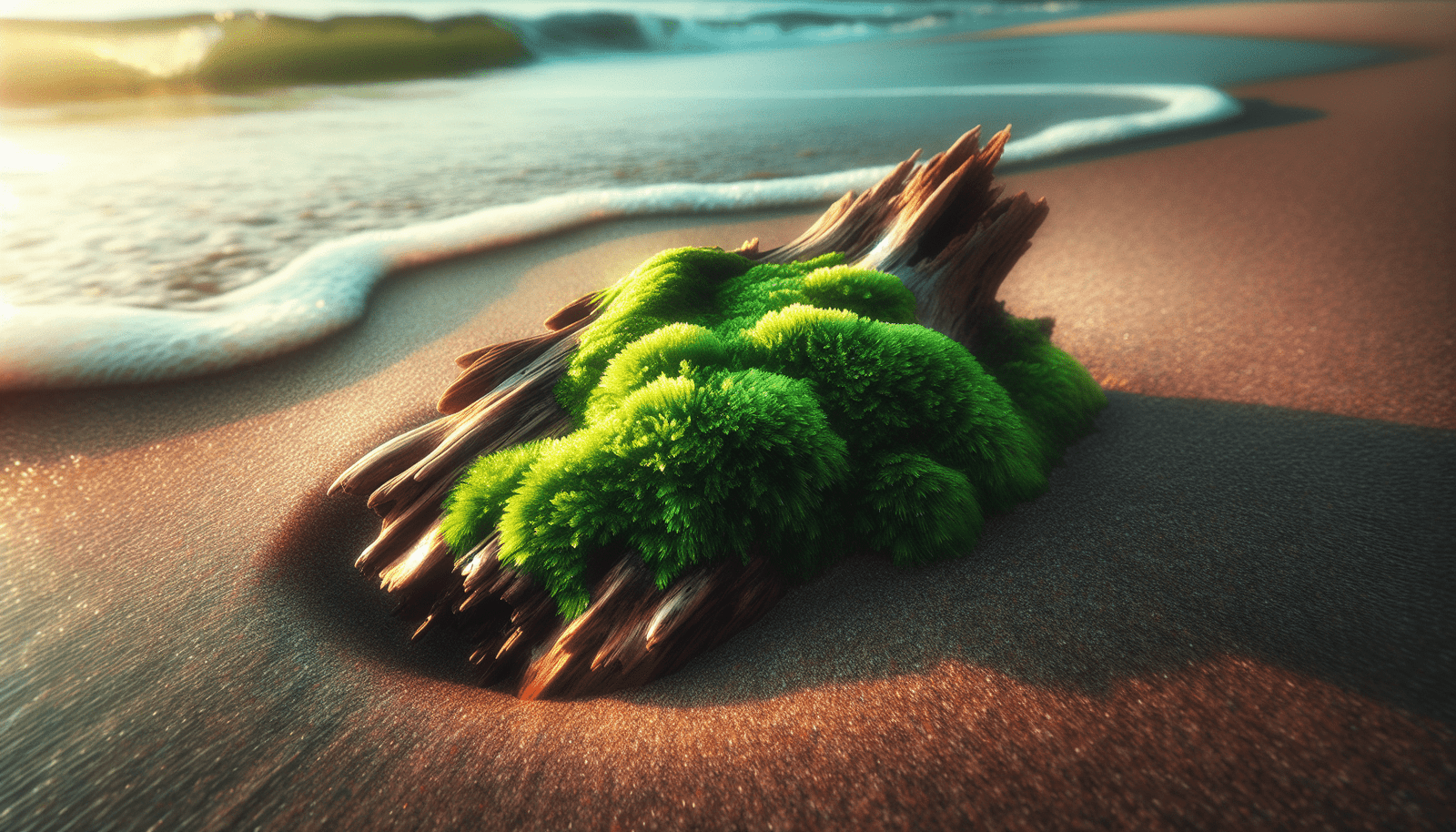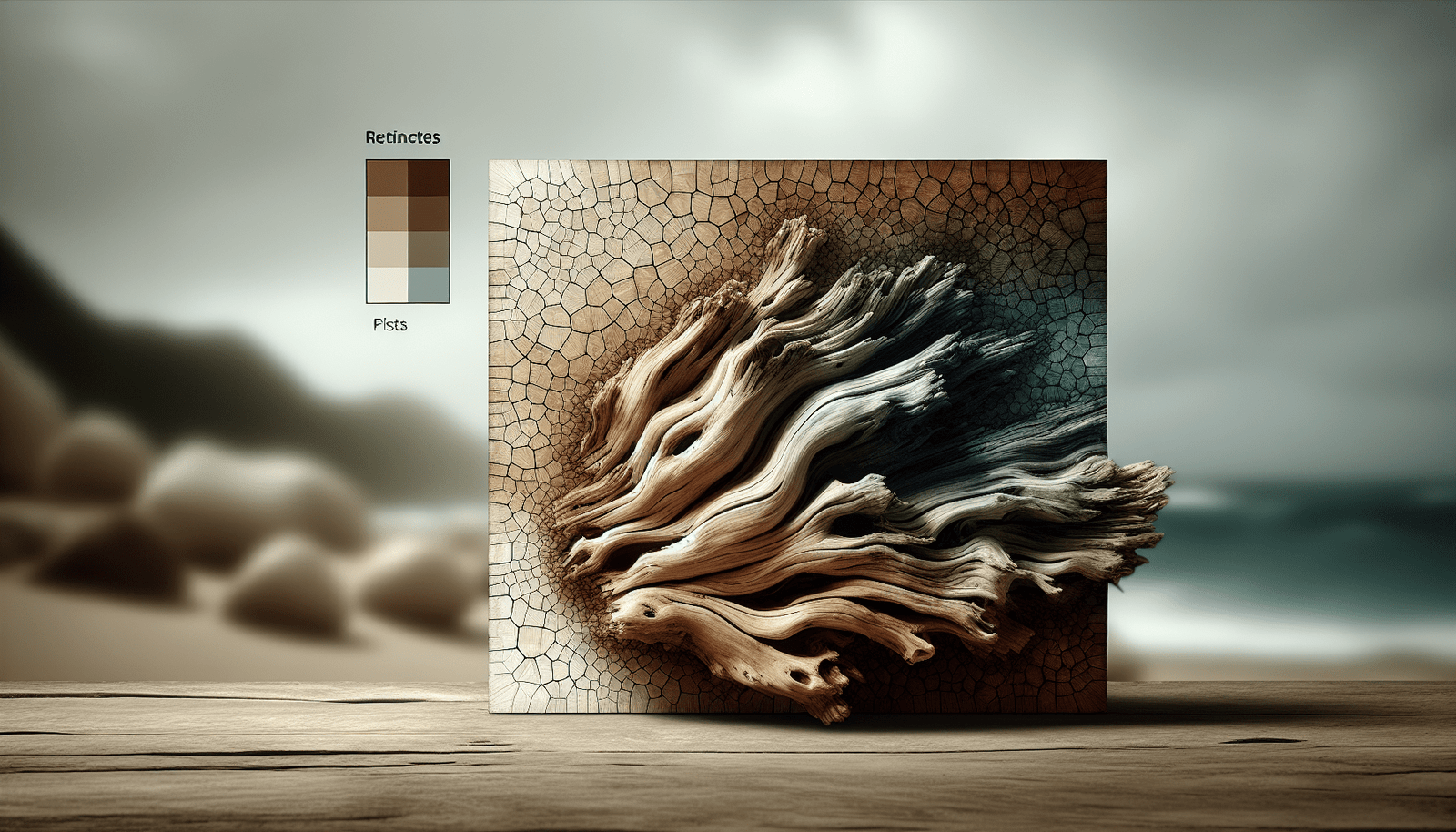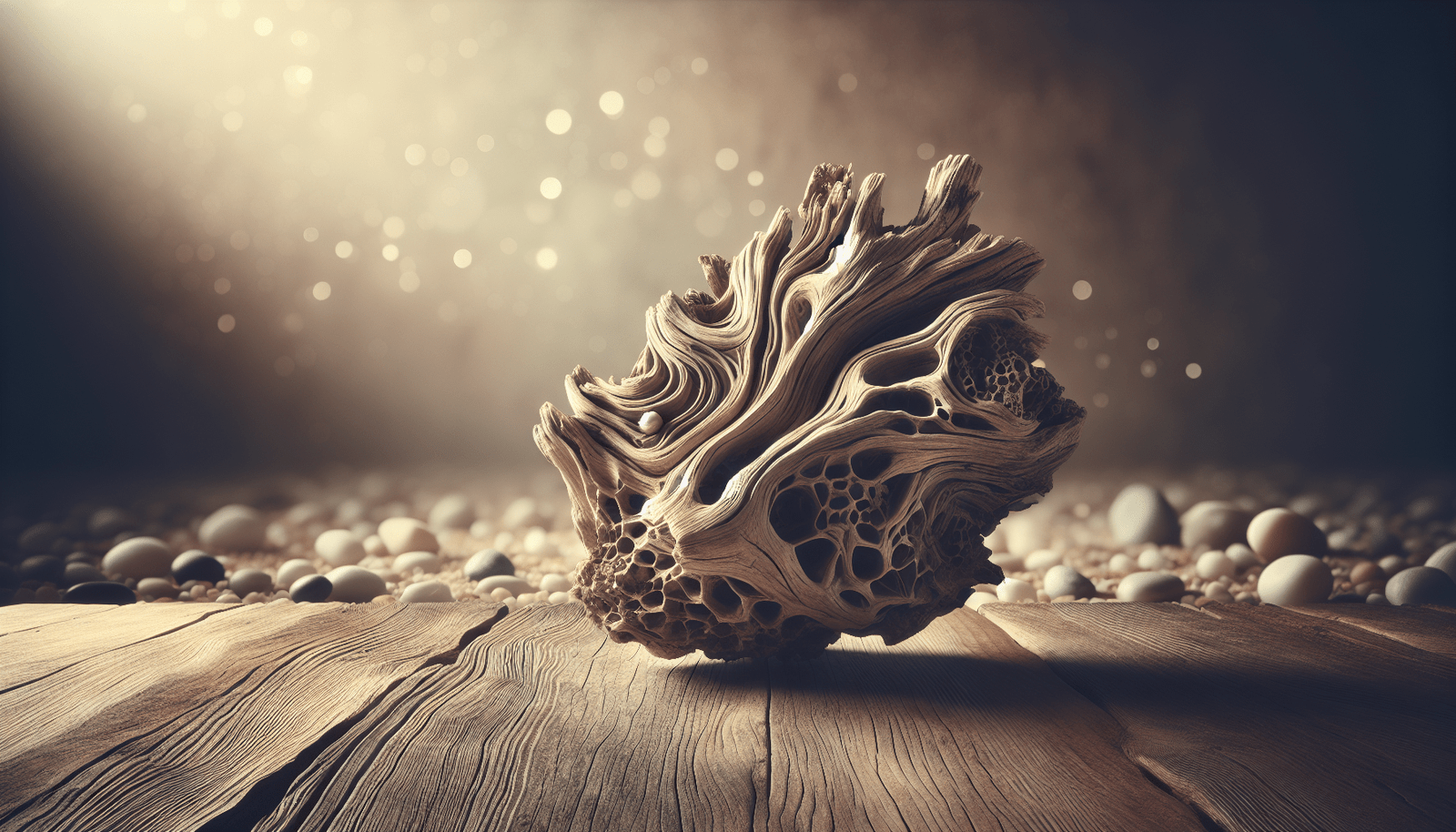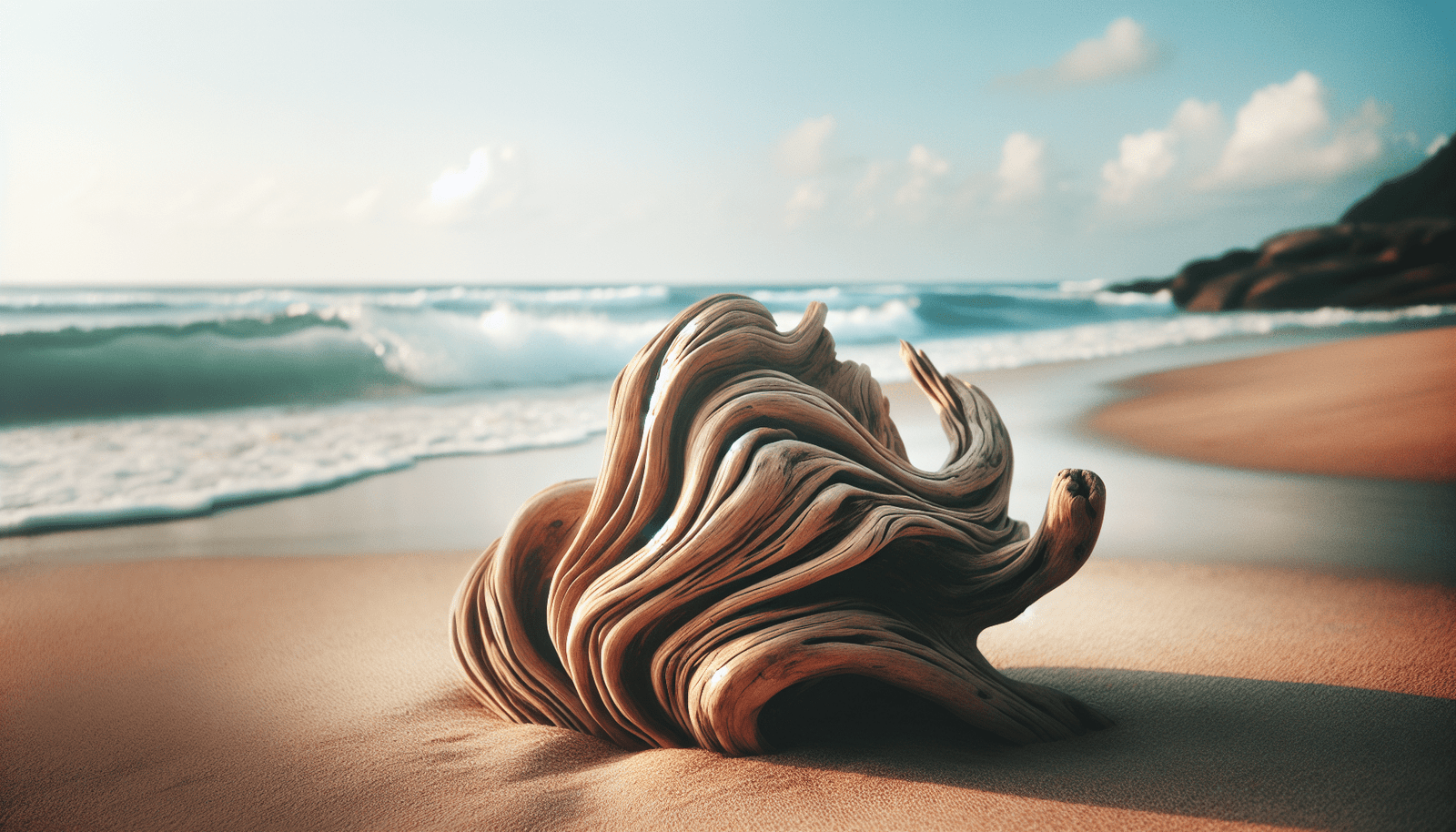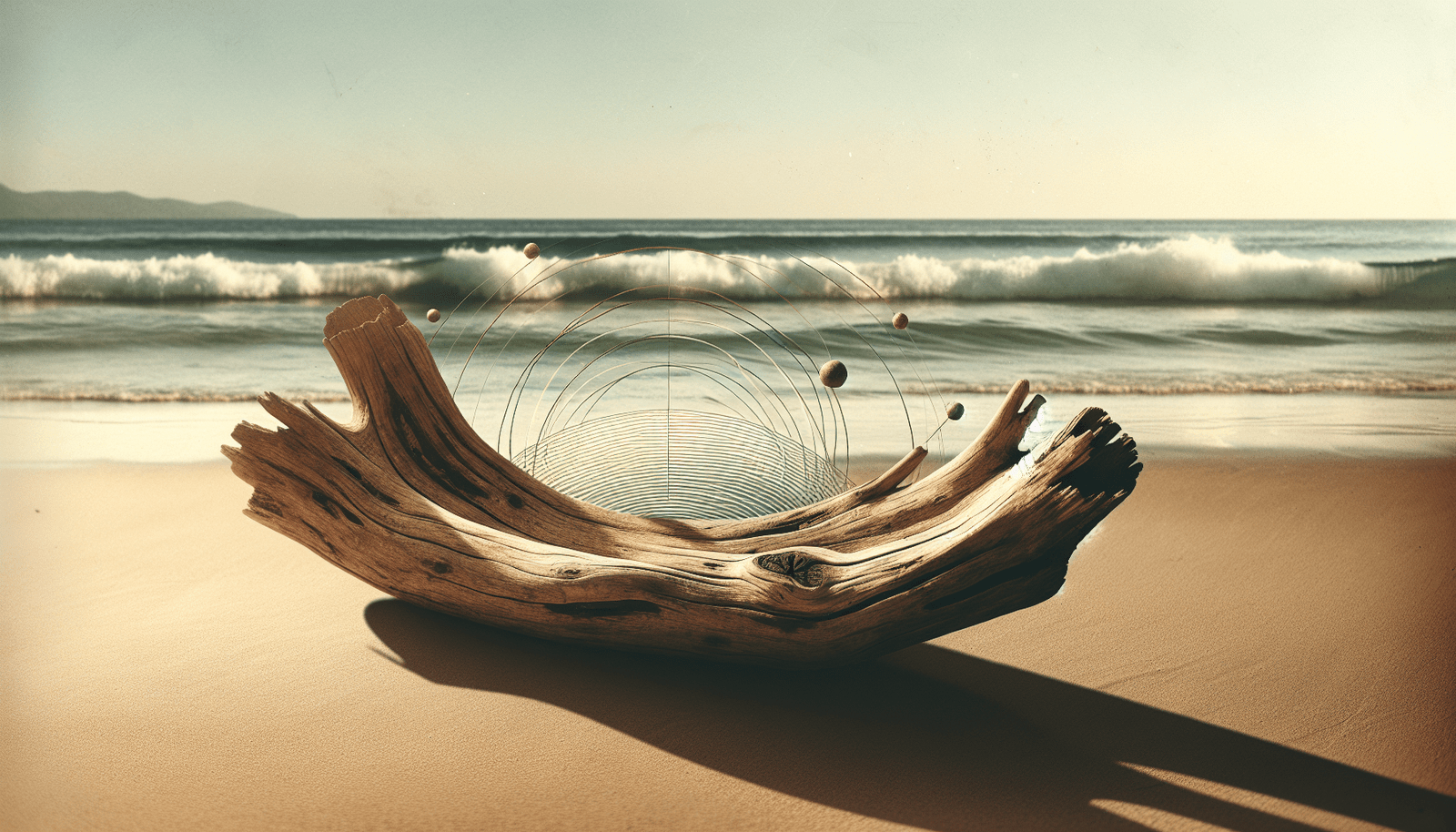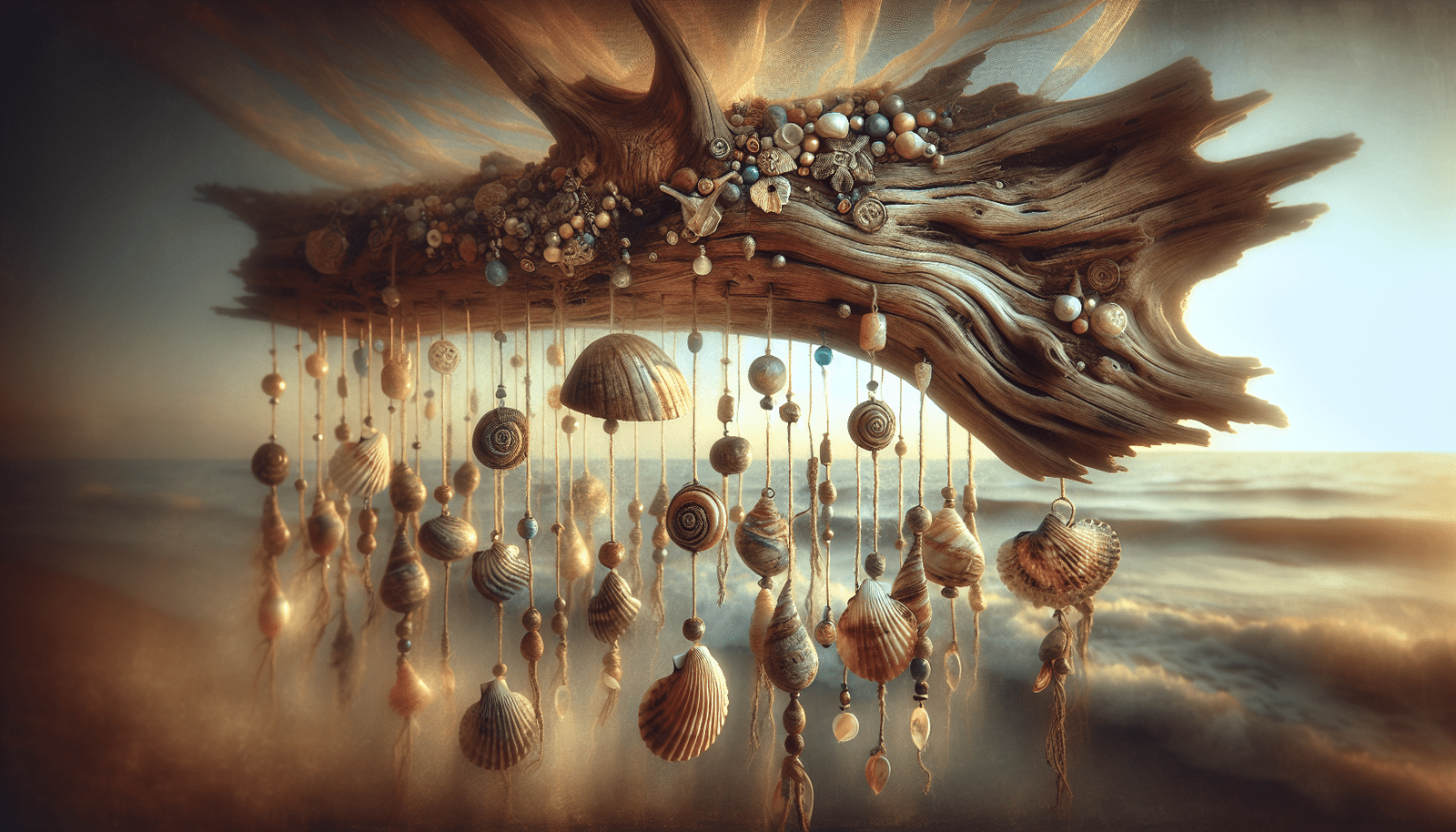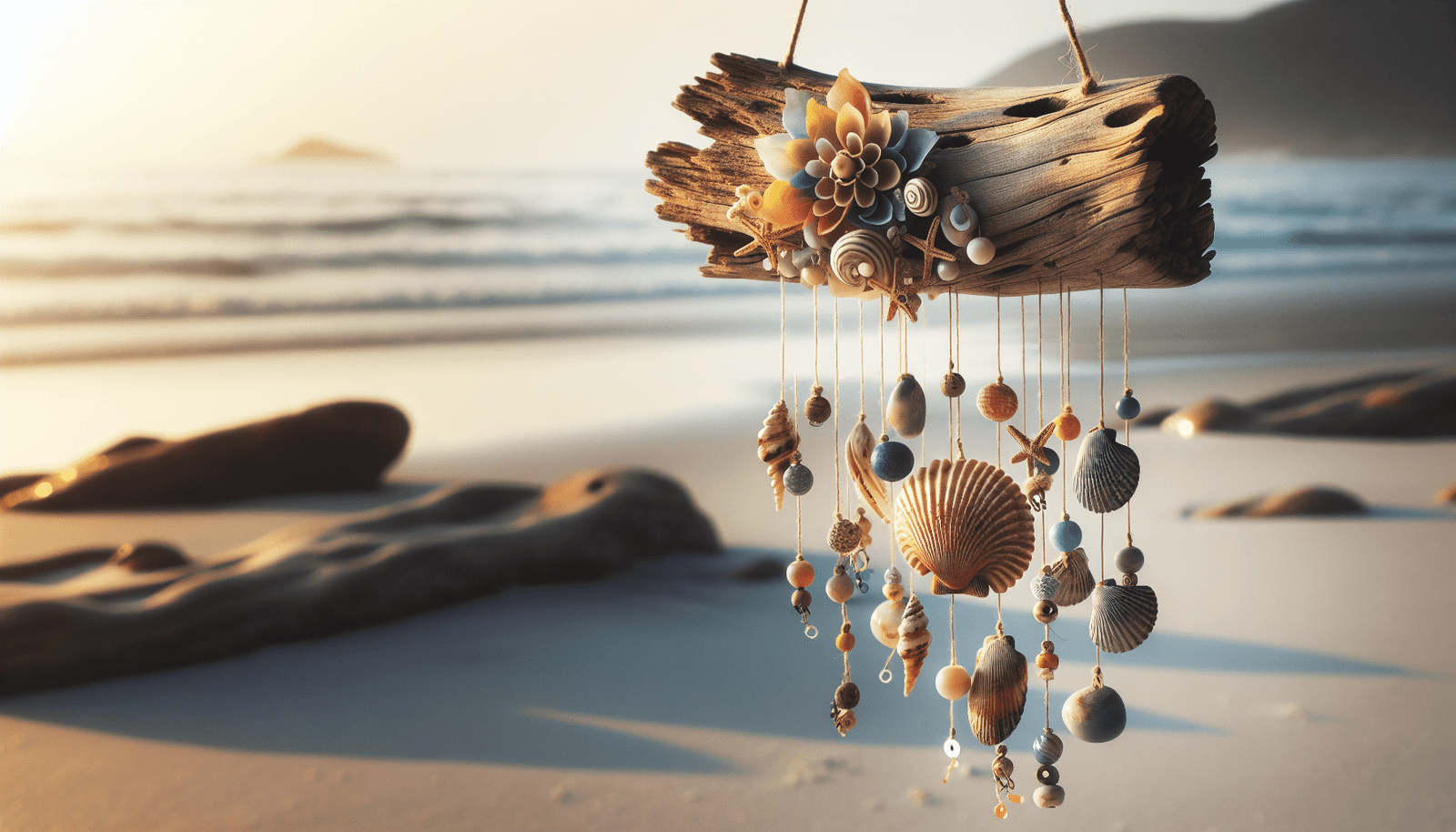Have you ever sat by the ocean and listened to the soothing sounds of the waves, wondering if nature itself can create music? The idea of “Driftwood Music” may have crossed your mind—a concept that intertwines the organic and the artistic, the natural and the harmonic. It’s a fascinating intersection where nature provides the raw material, and creativity transforms it into melody.

What is Driftwood Music?
At its core, driftwood music refers to the creation of musical instruments and sounds using driftwood. Driftwood, the naturally weathered wood found along shores, becomes a canvas for artists and musicians passionate about blending the earth’s elements with musical innovation. This practice involves both crafting instruments and composing music inspired by the seascape’s rhythm, thus capturing the very essence of nature’s symphony.
The Origin of Driftwood
Driftwood is more than just washed-up debris; it is wood that has been sculpted by time and the elements. Found on beaches worldwide, it is formed when trees, branches, or trunks are carried away by rivers or the sea and gradually shaped by water, wind, and sunlight. This journey imbues each piece of driftwood with a unique texture, color, and form. Over time, driftwood loses its bark and becomes smooth, perfect for crafting instruments made to resonate with the environment.
Crafting Instruments with Driftwood
Crafting a musical instrument from driftwood is both an art and a science. It involves a deep understanding of how wood behaves and a creative approach to shaping it into a functional object of sound.
Selecting the Right Driftwood
The key to crafting with driftwood begins with selecting the right piece. This involves observing its size, shape, texture, and moisture content. Each piece must be inspected for its suitability in terms of strength and resonance. Crafters often choose driftwood that is free of cracks and knots but possesses a natural hollow or curvature conducive to sound production.
Table: Driftwood Selection Criteria
Criteria Description Size Must fit the intended instrument type, neither too large nor too small. Shape Should have natural curves or hollows for resonance. Texture Smooth texture is preferred for aesthetic and sound quality. Moisture Content Should be mostly dry to prevent warping and ensure durability. Structural Integrity Free from large cracks or weaknesses that could impact sound production.
Crafting Techniques
Once the wood is selected, various crafting techniques are employed to shape it into musical instruments. These include carving, hollowing, and sanding, adapted for different instrument types such as drums, flutes, or string instruments.
- Carving: Artists skillfully remove wood to form the basic structure of the instrument, mindful of maintaining balance and acoustics.
- Hollowing: Specific to wind and percussion instruments, this technique involves creating cavities that allow sound to resonate.
- Sanding: Ensures a smooth finish, enhancing both the instrument’s appearance and its tonal clarity.
Types of Driftwood Instruments
A variety of instruments can emerge from driftwood, each reflecting the unique properties of its source material.
Driftwood Drums
Drums made from driftwood have a rustic appeal, providing rhythmic beats that echo the heartbeat of the earth. Crafting a drum involves creating a hollow body and covering it with animal hide or synthetic material to form the drumhead. The warm, organic tones produced align closely with nature’s own sounds.
Driftwood Flutes
Flutes, with their graceful melodies, can be crafted from slender, hollow pieces of driftwood. Holes are carefully drilled to produce different notes, and the wood’s natural curves contribute to the flute’s tonal warmth and resonance.
String Instruments
String instruments like guitars or harps made from driftwood offer a sonorous quality that pairs well with acoustic environments. The driftwood forms the body of the instrument, while strings are strung across to produce harmonics that seem to whisper secrets of the sea.
The Composition of Driftwood Music
Creating music that captures the essence of driftwood involves more than just instruments; it requires inspiration from nature. Musicians draw from the environment—listening to the sea, the wind, and the movement of wildlife—to compose pieces that echo these natural rhythms.
Incorporating Natural Sounds
Artists often incorporate recordings of natural sounds alongside their driftwood instruments. The crashing of waves, the whistling wind, and the call of seagulls serve as a natural backdrop, creating an immersive auditory experience.
Themes and Motifs
Driftwood music typically revolves around themes of nature, renewal, and the passage of time. Pieces may reflect seasonal changes, oceanic voyages, or the interplay between land and sea. These motifs resonate with listeners, evoking a sense of nostalgia and connection to the earth.
The Creative Process
The creative process of driftwood music involves improvisation and experimentation. Musicians often explore different tunings, playing techniques, and instrument combinations, allowing the unique properties of driftwood to guide the composition.
The Cultural Significance of Driftwood Music
Driftwood music is not just an art form; it holds cultural significance in connecting human creativity with the natural world.
Environmental Awareness
By crafting music from driftwood, artists raise awareness about environmental preservation. Driftwood’s journey from tree to ocean to instrument highlights the interconnectedness of ecosystems and underscores the importance of protecting natural resources.
Community and Collaboration
Driftwood music often involves collaboration among artists, musicians, and environmentalists. Communities come together to share resources, skills, and knowledge, fostering a sense of unity and shared purpose. This collective action amplifies awareness and inspires others to appreciate and care for our planet.
Reviving Traditional Practices
In some communities, driftwood music revives ancient practices where natural materials were integral to music-making. By embracing these traditions, musicians honor cultural heritage and ensure that these practices are passed down to future generations.

The Impact of Driftwood Music on Modern Music Trends
In today’s musical landscape, driftwood music influences contemporary artists who seek to integrate acoustic and natural elements into their work.
Fusion with Contemporary Genres
Contemporary musicians increasingly blend driftwood music with popular genres like folk, indie, and ambient music. This fusion results in fresh, innovative sounds that appeal to audiences seeking authenticity and a deeper connection to nature.
The Rise of Eco-Friendly Music Trends
The eco-friendly movement in music encourages artists to reduce their environmental footprint. Driftwood music aligns perfectly with this trend, promoting sustainable practices and materials in music production.
Technological Integration
Despite its natural roots, driftwood music does not shun technology. Modern musicians use recording and production techniques to enhance driftwood soundscapes, bringing them to broader audiences through digital platforms.
Creating Your Own Driftwood Music Experience
If the idea of driftwood music resonates with you, why not embark on your own creative journey? Whether you are a musician, a crafter, or an enthusiast, there are various ways to explore this art form.
Finding Inspiration
Spend time in nature to gather inspiration for your musical creations. Listen closely to the sounds around you and observe the way natural elements interact. These experiences can spur ideas for your compositions or projects.
Start Crafting
Begin with simple instruments, such as small percussion pieces, to familiarize yourself with the material and crafting techniques. Explore online resources or join local workshops to refine your skills and connect with like-minded individuals.
Recording and Sharing
Record your compositions and share them with others. Utilize social media and music platforms to reach a wider audience, inviting feedback and collaboration. Your work can inspire others to appreciate the beauty and potential of driftwood music.
Conclusion
Driftwood music represents a harmonious blend of nature and artistry, celebrating the dynamic relationship between humans and the earth. Through its creation and composition, driftwood music fosters environmental awareness, community engagement, and cultural preservation. Whether you’re crafting a simple drum or composing a piece inspired by the ocean’s rhythm, driftwood music provides a profound and meditative experience. As you connect with the natural world, you may discover a new appreciation for the sounds around you and a deeper understanding of our place within the vast symphony of life.
